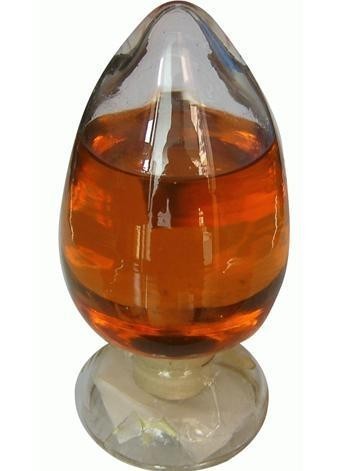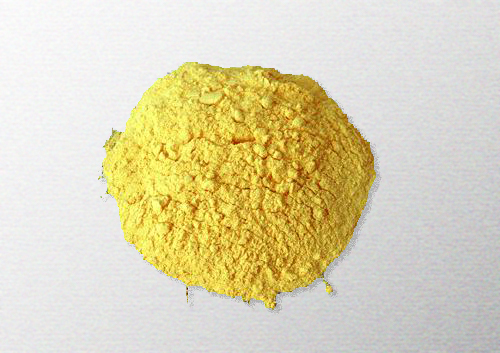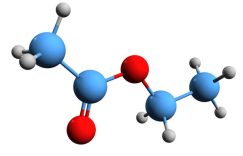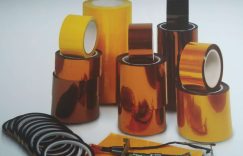The color of polyimide resin is affected by various factors, primarily by the chemical structure and the processing conditions.
-
Chemical Structure:

- Base Resin: The base resin used in the synthesis of polyimide determines its inherent color. Different base resins can exhibit different colors, such as yellow, amber, or brown.
- Functional Groups: Functional groups present in the polyimide structure can also influence the color. For instance, the presence of aromatic rings can contribute to a yellowish hue, while certain hetero atoms (e.g., nitrogen, oxygen) may lead to a reddish or orange tint.
-
Processing Conditions:

- Curing Temperature and Time: During the curing process, the polyimide undergoes a transformation from a soluble prepolymer to an infusible, cross-linked network. The curing temperature and curing time influence the extent of cross-linking and the formation of chromophores (color-producing groups). Higher temperatures and longer curing times generally result in a darker color.
- Post-Curing: Some polyimides undergo a post-curing process after the initial curing step. This additional heating step can enhance the crosslinking density and lead to further color development.
- Impurities and Additives: The presence of impurities or additives can also affect the color of polyimide resin. Contaminants, such as metal ions or residual solvents, may introduce color variations. Additives, such as pigments, dyes, or fillers, can be intentionally incorporated to impart specific colors or alter the appearance of the polyimide resin.
It is important to note that the color of polyimide resin can vary between different manufacturers and batches, even for the same base resin. This is due to slight variations in the chemical structure, processing conditions, and the presence of impurities or additives.



